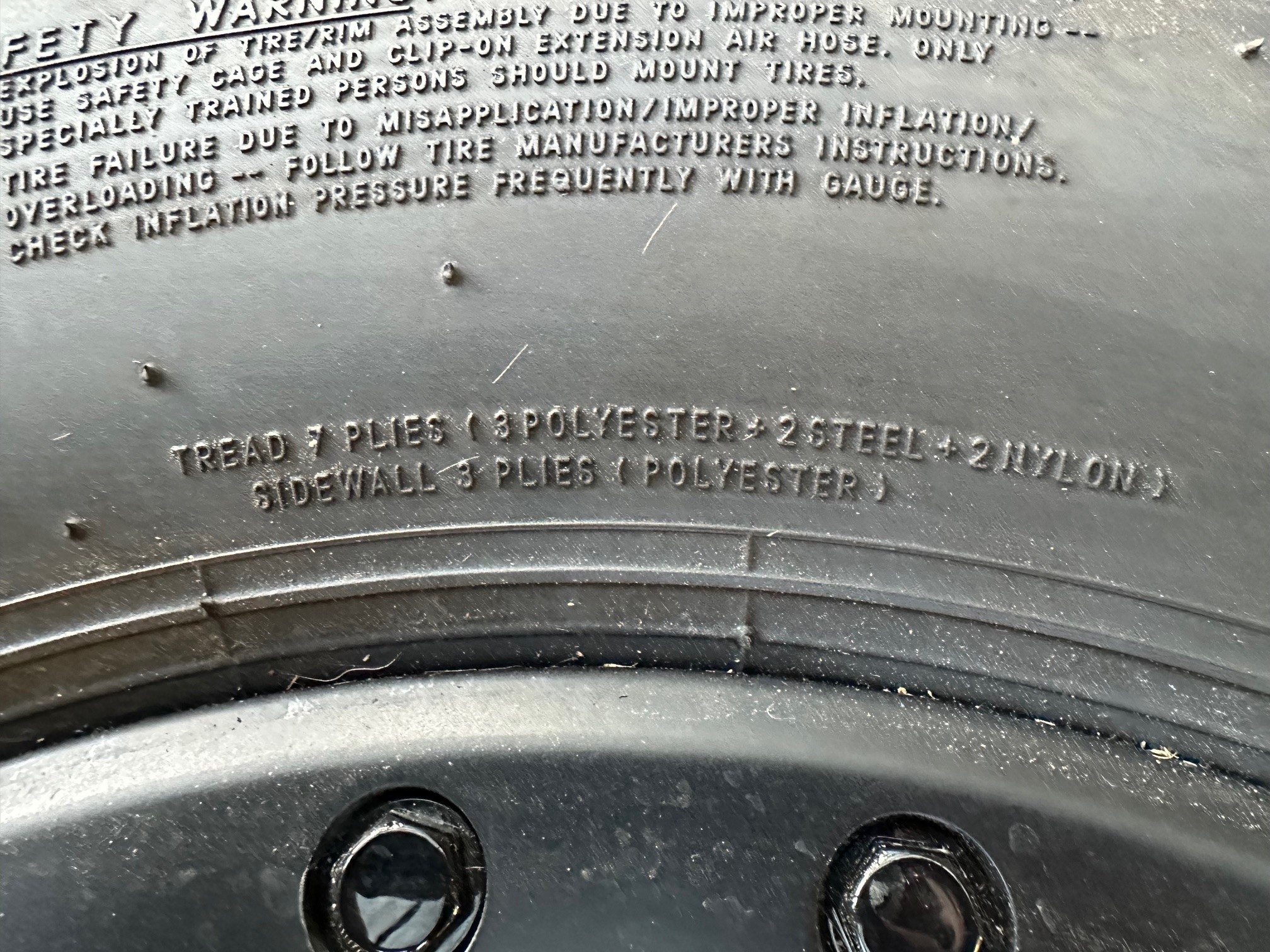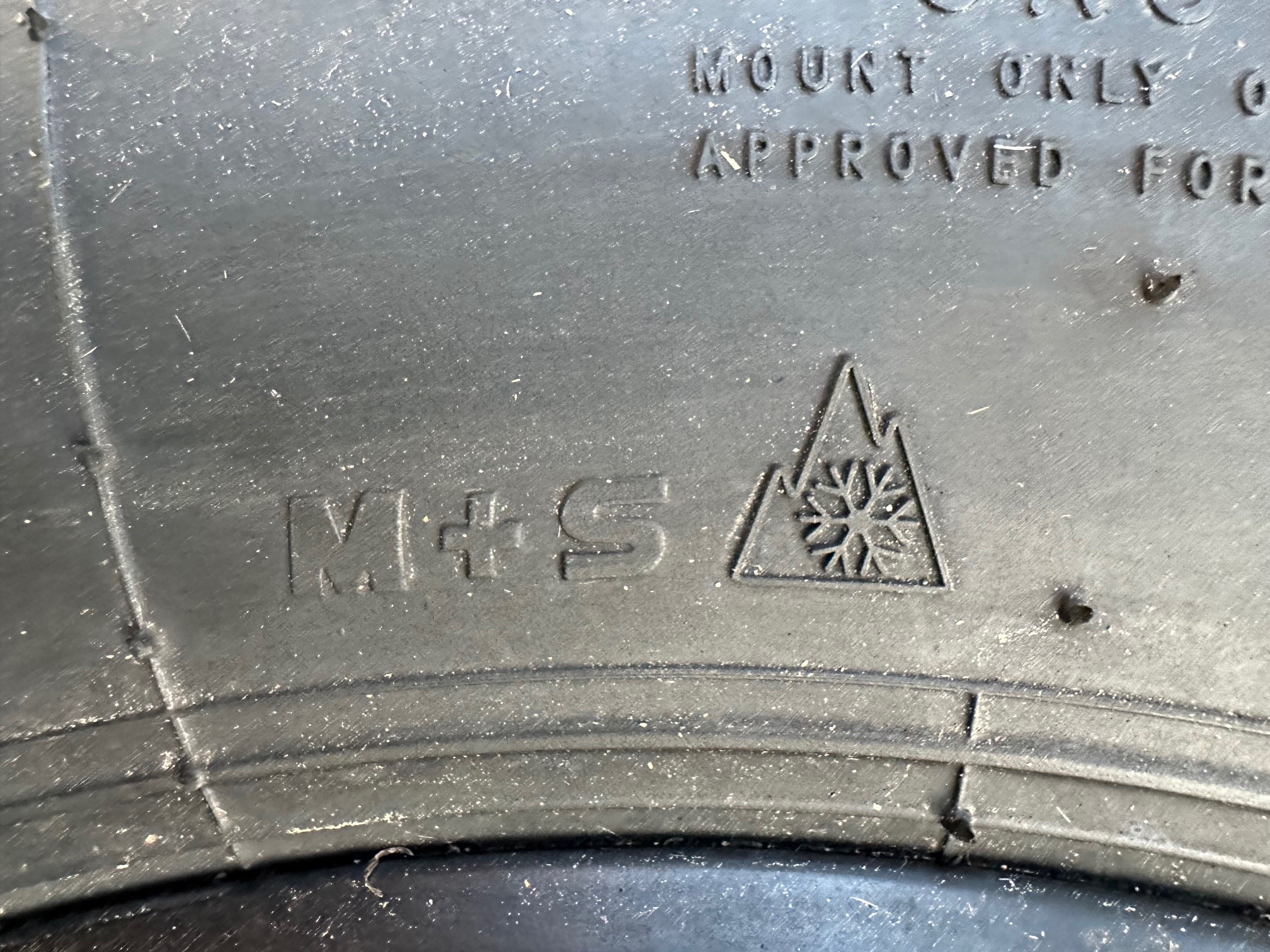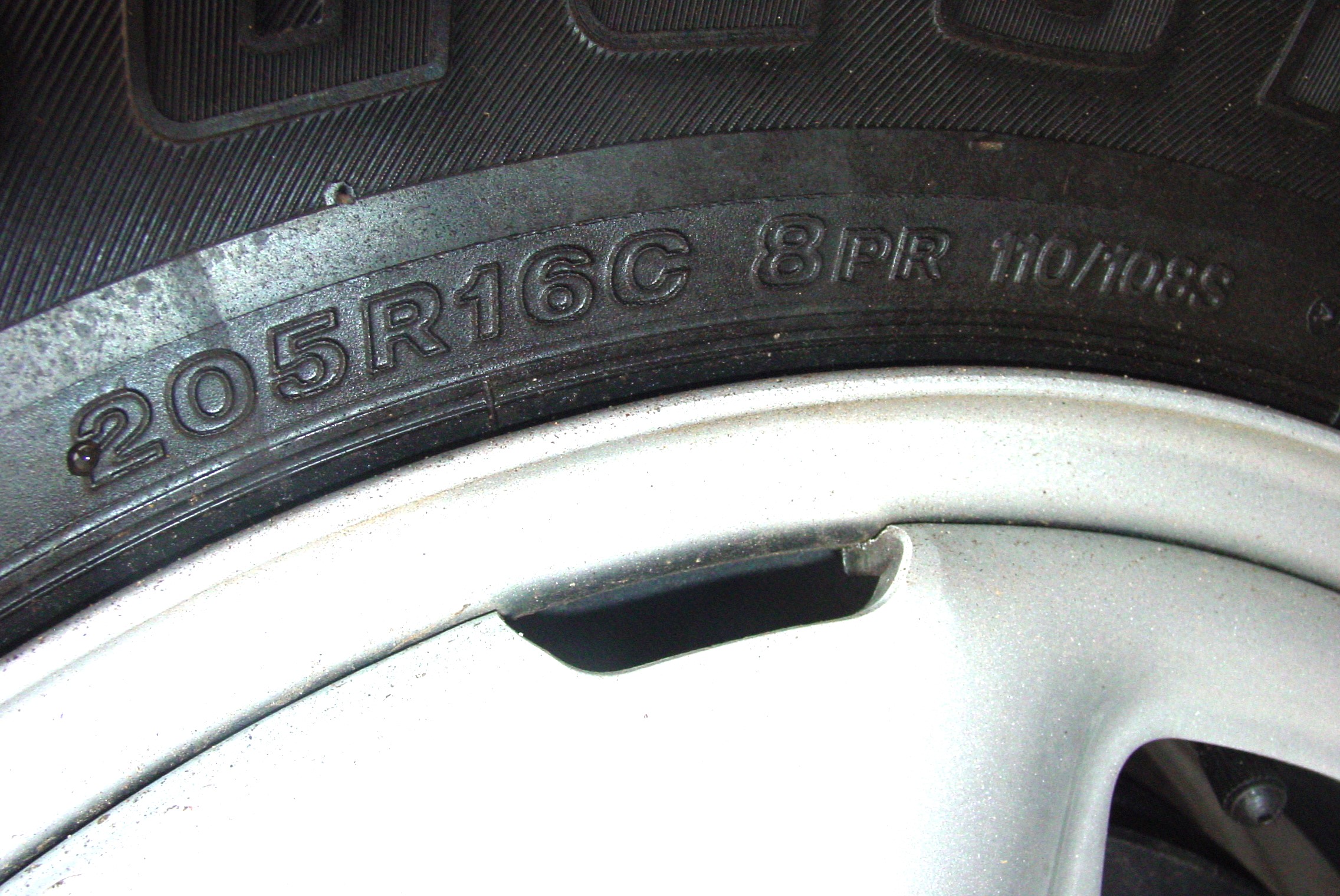Ever looked at the markings on your tyre’s sidewall and thought they were some lost Dead Sea scrolls, Egyptian hieroglyphs, or maybe Aboriginal petroglyphs? Nope, just a bunch of critical info that tells you everything from tyre construction and size to age and performance expectations.
In the world of pneumatic tyres (that’s just a fancy way of saying tyres that can be inflated), sidewall codes have followed a few different systems, primarily metric and imperial, peppered with a curious mix of letters and numbers. It all means something… to those in the know.
Let’s take a moment to decode the tyre sidewall and uncover a little sidewall logic.
After quite a few laps around the sun, and over thirty years in the 4WD training world, I remember some common sizes from way back. For example, a Toyota Hilux often ran a 205R16C, while the trusty 70 Series Land Cruiser rolled out with a 7.50R16LT. Two completely different ways to describe a tyre, yet all getting to the same end goal.
Let’s break them down:
205R16C
- 205 – Section width in millimetres
- R – Radial ply construction
- 16 – Wheel diameter in inches
- C – Commercial/Van or Light Truck construction
7.50R16LT
- 7.50 – Section width in inches
- R – Radial ply construction
- 16 – Wheel diameter in inches
- LT – Light Truck construction
What’s missing from both? Two crucial bits: the load index and the speed rating, now common on modern tyres, whether metric or imperial.
Take these two examples:
(Metric) LT265/65R17 120S
- LT – Light Truck construction
- 265 – Section width in mm
- 65 – Aspect ratio (sidewall height as a percentage of width)
- R – Radial ply construction
- 17 – Wheel diameter in inches
- 120 – Load index (120 = 1,400kg at max cold pressure)
- S – Speed rating (S = 180km/h)
(Imperial) 35x12.5R17 121Q
- 35 – Overall tyre diameter in inches
- 12.5 – Section width in inches
- R – Radial ply construction
- 17 – Wheel diameter in inches
- 121 – Load index (1,450kg)
- Q – Speed rating (Q = 160km/h)
Tread patterns also carry important info, often spelled out boldly on the sidewall.
Take the Toyo Open Country A/T III - the third-generation of their hugely popular all-terrain. Here’s a cheat sheet on common descriptors:
- H/T – Highway Terrain (tight, uniform tread for on-road/OEM use)
- A/T – All-Terrain (versatile for on/off-road, more open tread)
- M/T – Mud Terrain (aggressive tread, designed for slop and sludge)
- R/T – Rugged Terrain (in between AT and MT - bold, but not brutal)
More details? You bet.
Here’s a snippet from a Toyo M55F sidewall:

LOAD RANGE E – A tyre with a 10-ply rating
MAX. LOAD SINGLE 1550kg (3415 LBS) AT 550kPa (80 PSI) COLD – Max load at max pressure when used as a single fitment
MAX. LOAD DUAL 1400kg (3085 LBS) AT 550kPa (80 PSI) COLD – Same, but for dual-wheel setups (common on trucks)
Back in the day, tyres literally stated their ply count. These days, thanks to advancements in materials (steel, nylon, polyester) we use fewer layers with better strength. Hence the term ply-rating.

Example:
TREAD: 7 PLIES (3 POLYESTER + 2 STEEL + 2 NYLON)
- 3 polyester plies = carcass
- 2 steel = belts
- 2 nylon = cap plies
SIDEWALL: 3 PLIES (POLYESTER)
- A 3-ply construction (especially good in off-road applications)
Want to know when your tyre was made? Look for the DOT code. For instance:

DOT 1N3LT11W61324
· “DOT” = Department of Transport (USA)
· First characters (“1N3”) = factory ID
· Last four digits (“1324”) = week and year of manufacture
o 1324 = 13th week of 2024
And don’t forget the symbols:
- M+S (Mud + Snow) - Tread and compound suited for soft and slippery surfaces
- 3PMSF (Three-Peak Mountain Snowflake) - A tougher standard; tested to perform in snow and ice

All that info is packed into your tyre sidewall - and it’s there to help you choose the right tyre and know exactly what you’re getting.
Discovery Sessions may change how you think about the rubber beneath your rig.
Want to learn more? Watch the video below or Sign up here to our Online Discovery Sessions, to become a Toyo certified dealership today!

